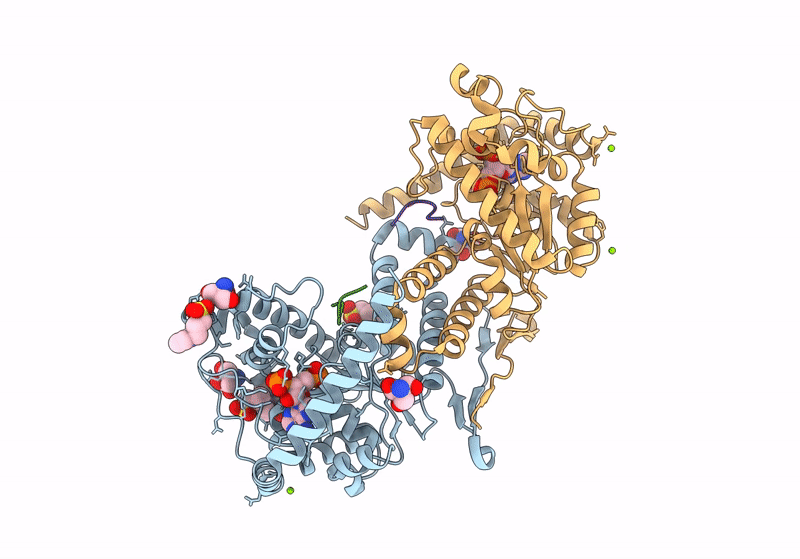
Deposition Date
2023-08-28
Release Date
2024-04-10
Last Version Date
2024-10-23
Entry Detail
PDB ID:
8W5Z
Keywords:
Title:
Crystal structure of tick tyrosylprotein sulfotransferase reveals the activation mechanism of tick anticoagulant protein madanin
Biological Source:
Source Organism:
Ixodes (Taxon ID: 6944)
longicornis species complex (Taxon ID: 271510)
longicornis species complex (Taxon ID: 271510)
Host Organism:
Method Details:
Experimental Method:
Resolution:
1.55 Å
R-Value Free:
0.19
R-Value Work:
0.17
R-Value Observed:
0.17
Space Group:
C 2 2 21


